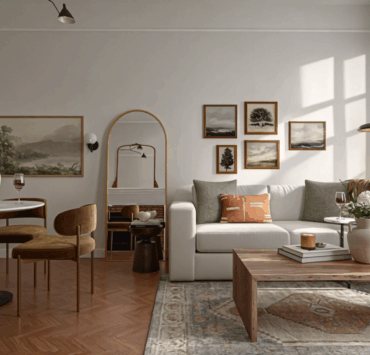A practical guide to building smart, thoughtfully designed spaces for better living
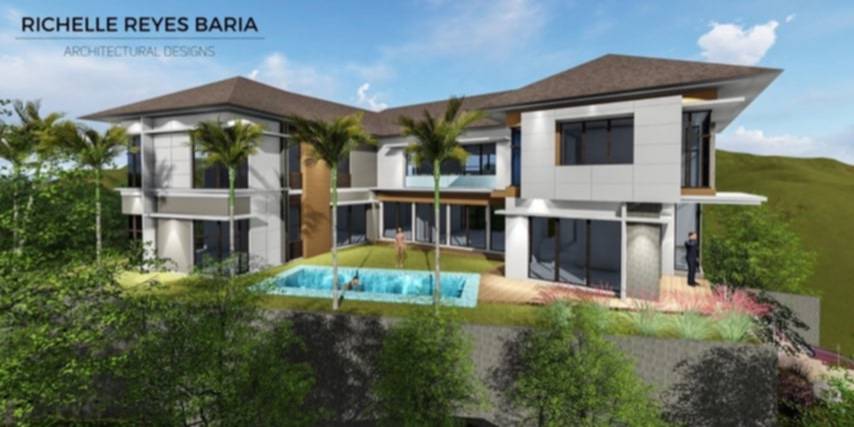
You’ve been dreaming about building your first home for your growing family.
Your 24 sqm apartment no longer fits a family of five—and now, after years of saving, you’re ready to make that bold move. But where do you start?
Let us walk you through the basics of designing and constructing your new home that is based on thoughtful designing and smart construction management.
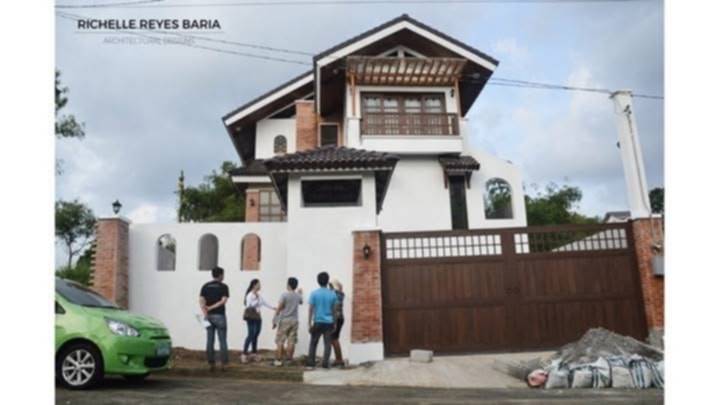
Where should you build your house?
Start with the big question: where do I want to raise my family?
It’s more than just picking a site for a house—it’s choosing a neighborhood where you can put down roots. Look for places with nearby schools, community centers, reliable public transport, and peaceful surroundings.
Urban design plays a big role. Well-lit streets, open parks, walkable roads, and tree-lined paths all contribute to that sense of calm and safety. A good neighborhood enables you to not just stay comfortably in your homes, but also allows you to enjoy the outdoors, encouraging interaction with your community.

What matters most to your family?
Your home should support the way your family lives, grows, and connects.
Think about what brings joy and comfort—whether it’s spaces for play, privacy, or bonding. Include your children in the process, too. Designing with them in mind makes the home more meaningful and ensures it can grow with their changing needs over time.
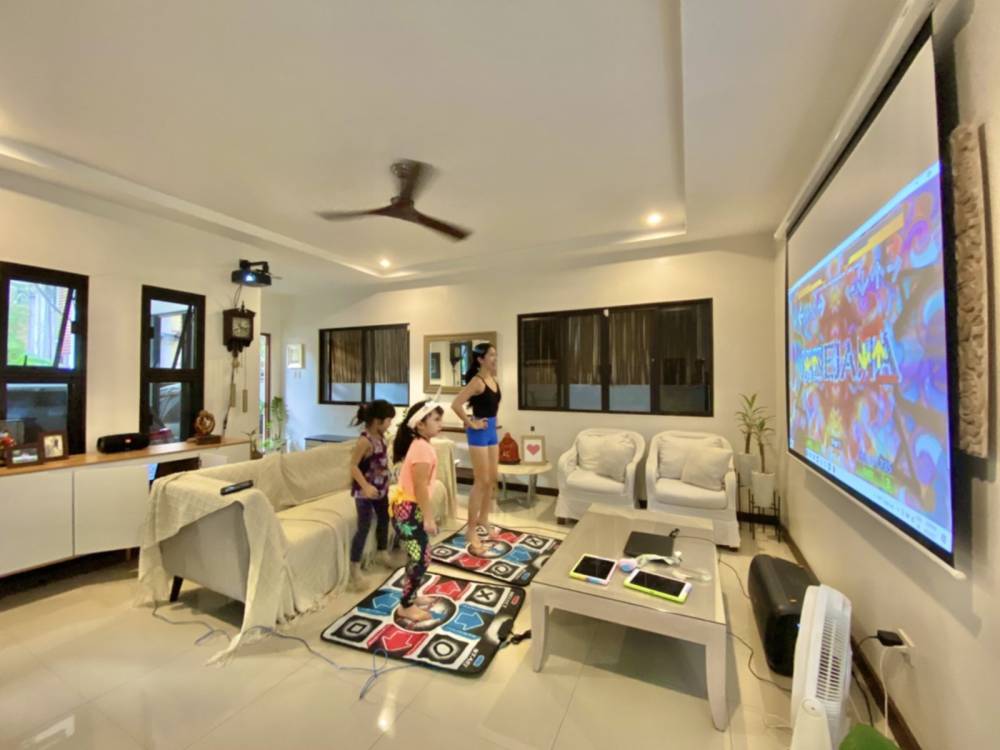
Designing the right spaces
Every home needs core spaces that support your daily routines: a living area for gathering, functional kitchen and dining zones, restful bedrooms, and flexible spaces for work or hobbies.
Beyond function, design also deeply influences mood. Layout, color, material finishes, and natural lighting all shape how we feel and behave. Soft earth tones and natural textures promote calm, while crisp lines and well-lit corners can encourage clarity and focus.
When choosing an architectural style, consider not only your personal taste—whether it leans modern, tropical, or traditional—but also the existing character of your neighborhood. Your home’s scale, rooflines, and material palette should harmonize with surrounding buildings to enhance the neighborhood’s collective identity.
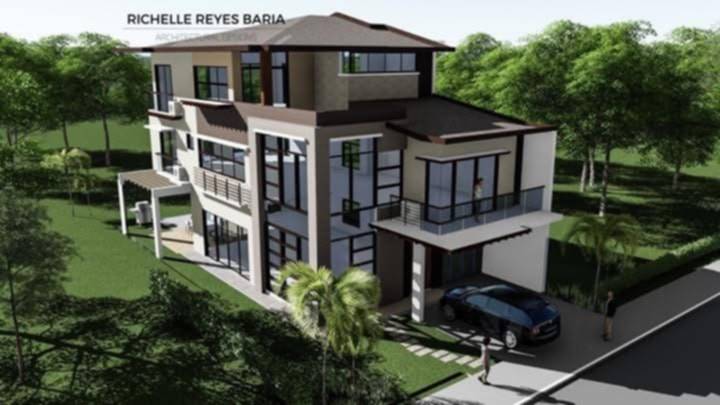
Can you afford it?
Knowing your budget is essential. The cost of a house construction in today’s rates averages at P40,000 per sqm.
Will you pay in cash or take out a loan? The common formula is 60:40—the bank finances 60 percent of the project cost, while you provide 40 percent in equity or assets. It’s also smart to add a buffer for unexpected costs. Materials, labor, or even small design changes can all affect the total.
Why you should hire an architect
In the Philippines, Republic Act No. 9266 mandates that only licensed architects are allowed to sign and seal architectural plans.
Beyond that, a good architect can guide you through the design and construction journey, helping shape a home that reflects your needs and style.
Review proposals, scope of work, and fees to find a fit who shares your vision.

Understanding the design journey
Design isn’t an overnight job. It moves through stages—from early sketches (schematics), refined plans (design development), to the detailed blueprints (construction documents). Each step adds more clarity and cost detail.
Share as much as you can early—how many rooms, preferred materials, styles, and colors—so your architect can hit the ground running and minimize revisions.
What to expect during construction
Choose a contractor with proven experience and skilled labor.
If you’re building a 350 sqm two-story home with reinforced concrete, expect the superstructure to take three months and the finishing work six to nine months. In total, that’s about a year.
Delays may happen, but regular meetings with your architect, contractor, and if possible, a construction manager, will keep things on track.
Building your first home is both a creative and “resource management” intensive skill. Surround yourself with professionals who will respect your ideas and guide you through the complexities.
With a great team and a clear plan, you’re not just building a house—you’re shaping a space your family will call home for years to come. And if you enjoy the process, who knows? Your next step might be building your second home or entering the build-and-sell market.















